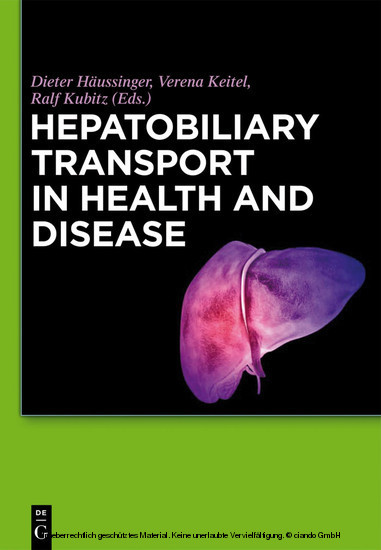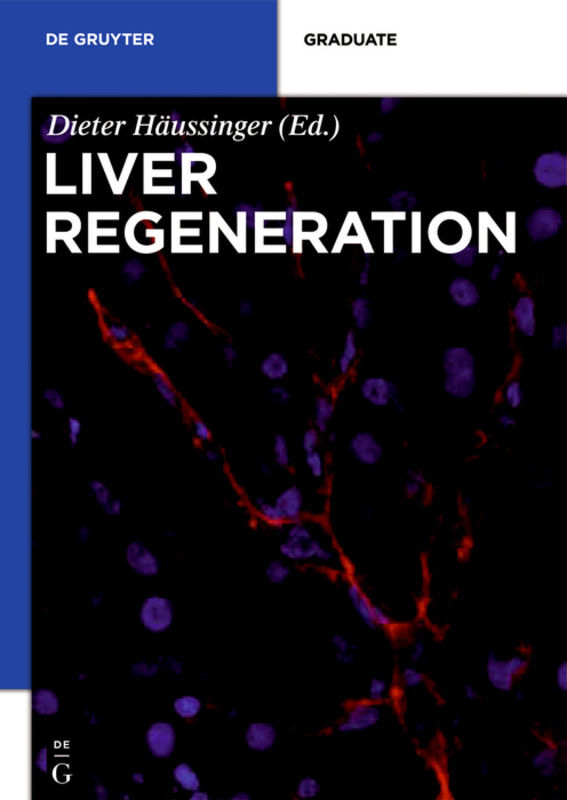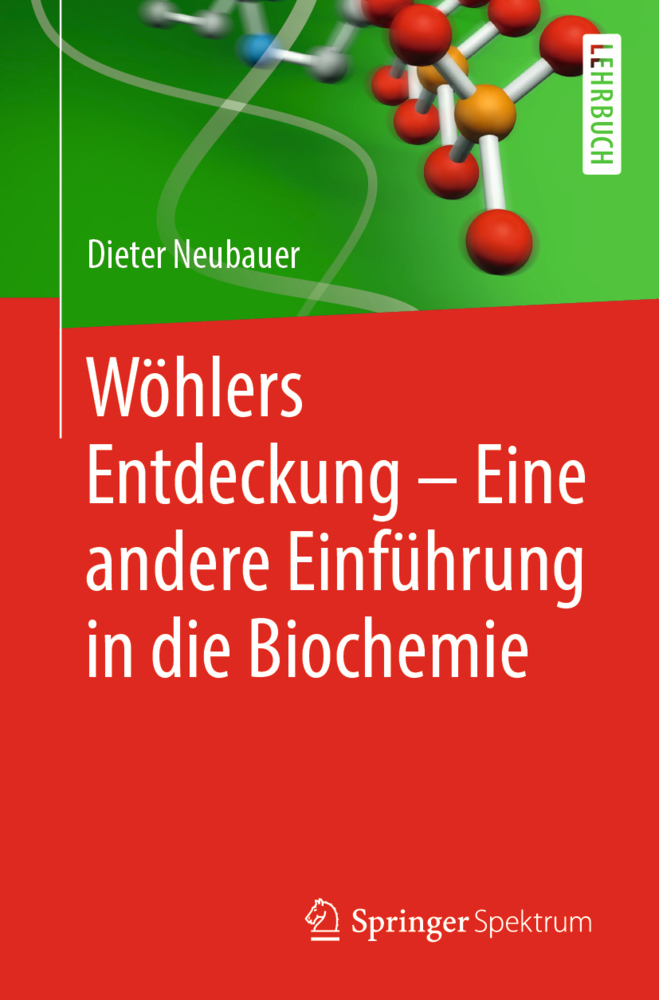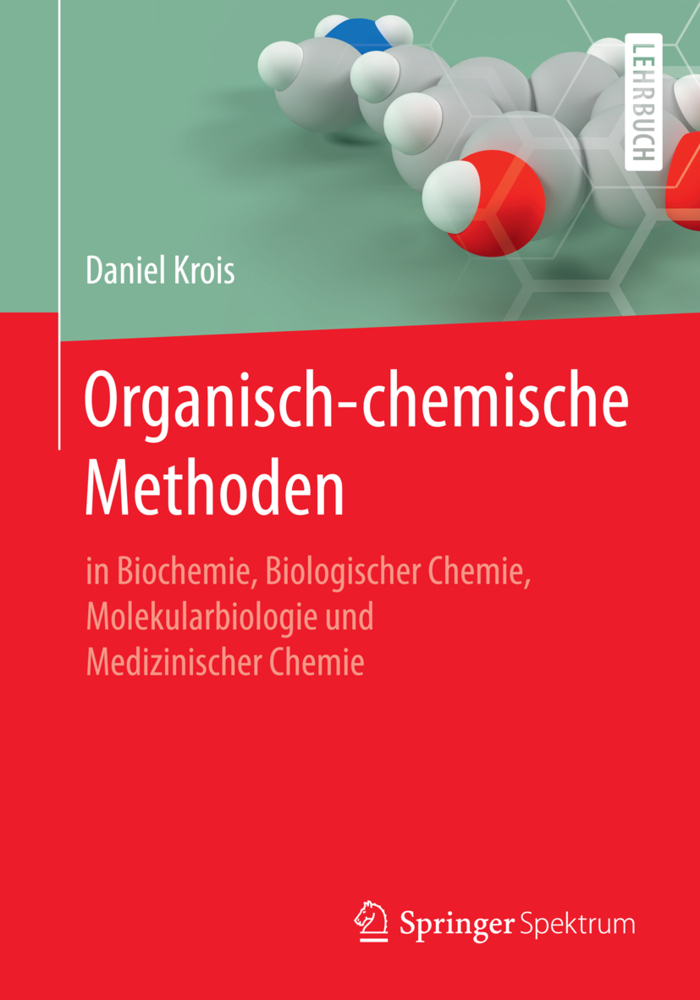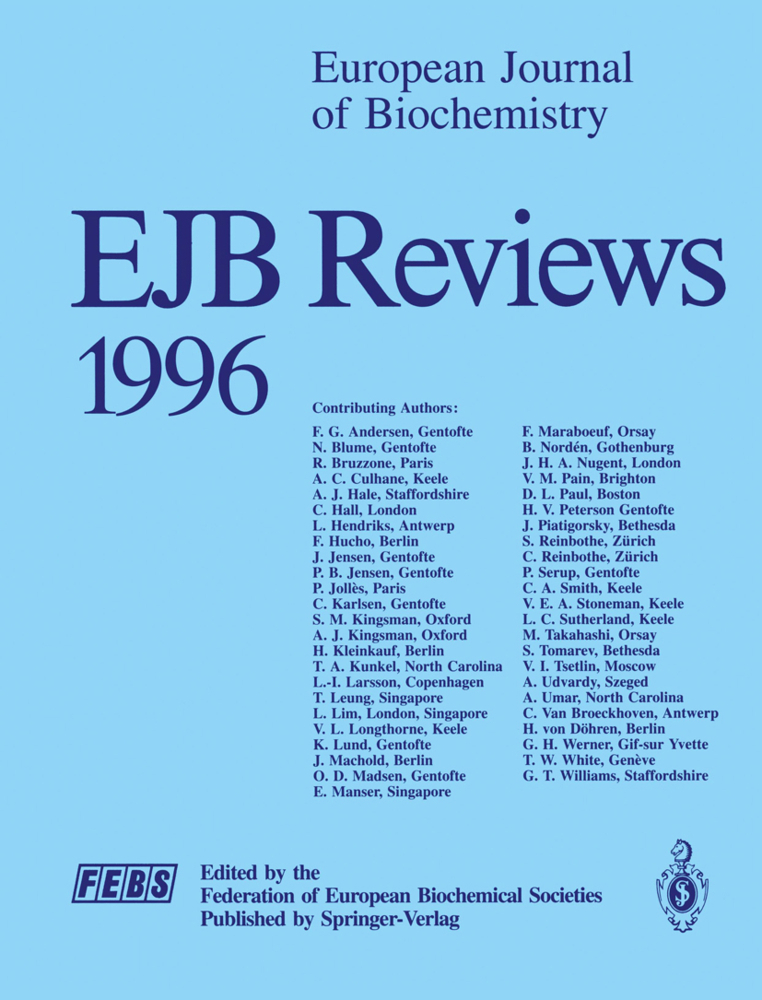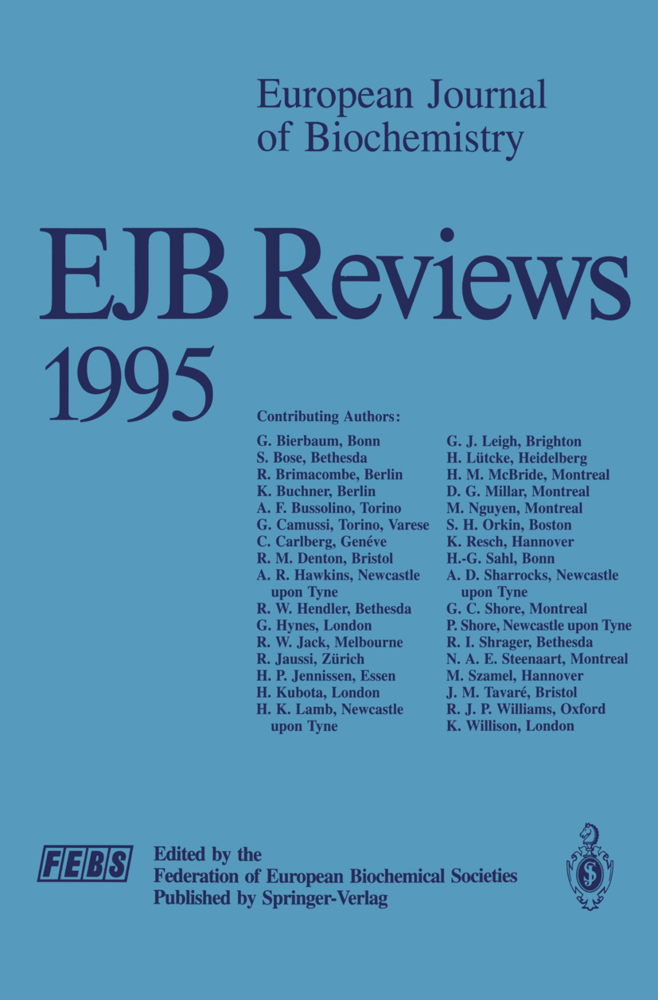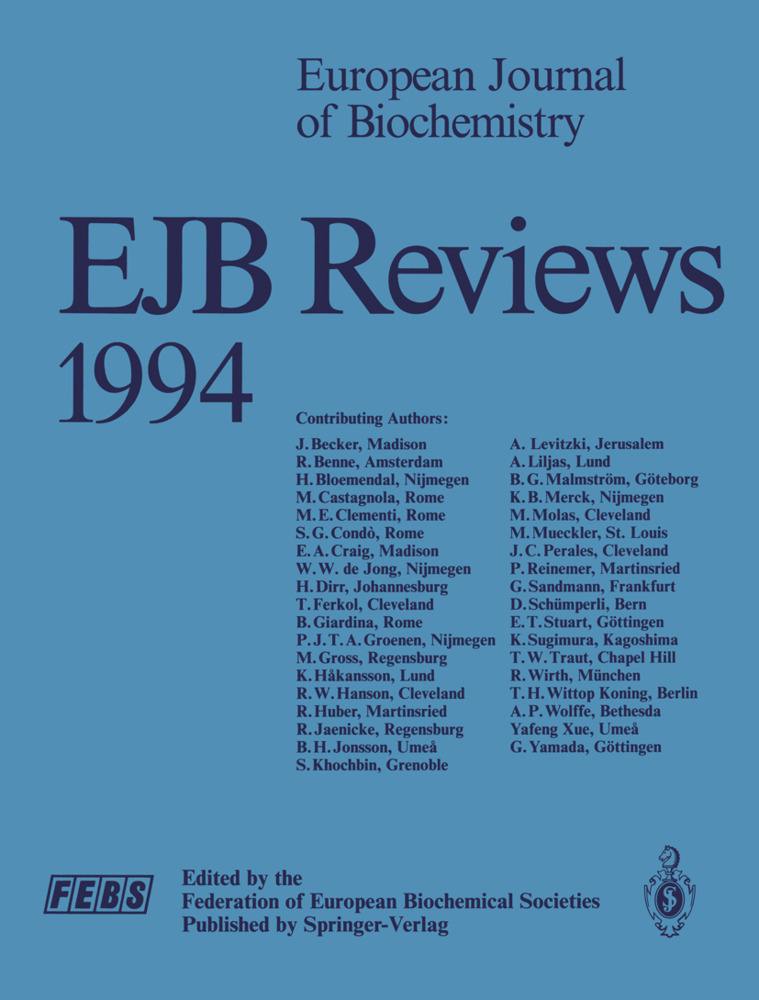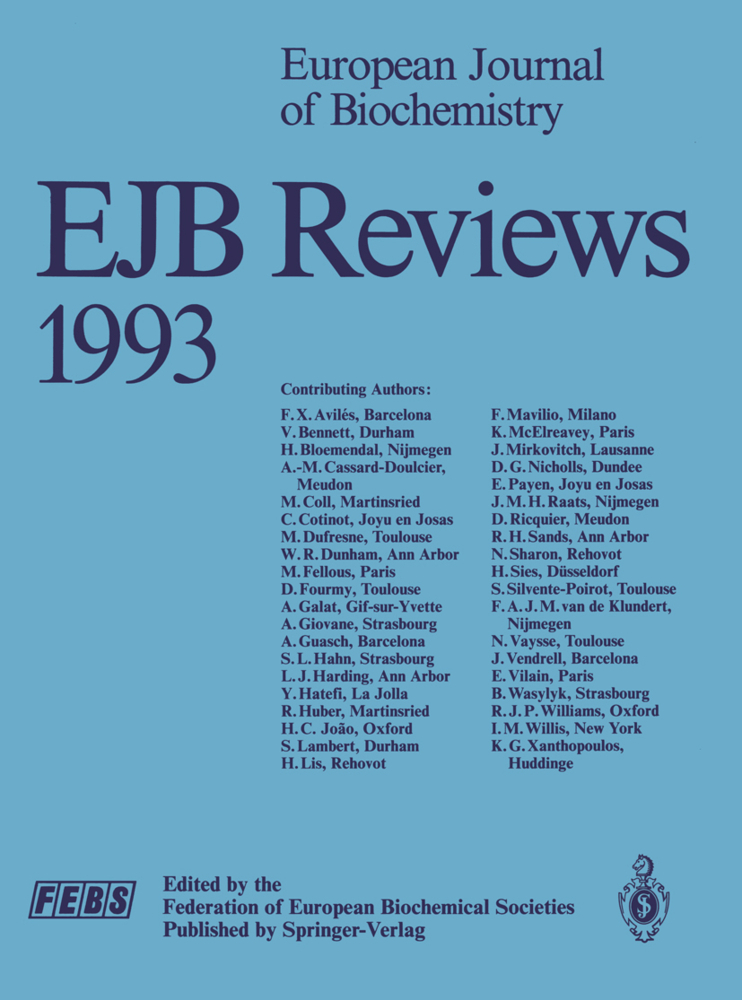Hepatobiliary Transport in Health and Disease
The transport systems involved in hepatobiliary transport have been cloned and characterized at the molecular level and it is becoming clear that mutations and polymorphisms of individual transporter molecules underlie a variety of liver diseases. This book provides surveys on the structure and function of transport molecules involved in hepatobiliary transport, on the role of different bile acids receptors in various organs and their function in health and disease. The book will be of interest for biochemists, structural chemists, biologists and clinicians.
Dieter Häussinger, Heinrich-Heine Universität, Düsseldorf, Germany.
Ralf Kubitz, Heinrich-Heine Universität, Düsseldorf, Germany.
Verena Keitel, Heinrich-Heine Universität, Düsseldorf, Germany.
1;Preface;5 2;List of Contributors;7 3;Abbreviations;17 4;1 Physiology of bile formation: Hepatocellular bile salt transporters;21 4.1;1.1 Introduction;21 4.2;1.2 Sodium-dependent bile salt uptake into hepatocytes;23 4.3;1.3 Sodium-independent bile salt uptake into hepatocytes;27 4.4;1.4 Bile salt export across the canalicular membrane;28 4.5;1.5 Bile salt salvage systems;32 4.6;1.6 Concluding remarks;32 4.7;1.7 References;33 5;2 Structure and function of hepatic ABC transporters;43 5.1;2.1 Introduction to human ABC transporters expressed in the liver;43 5.2;2.2 Structure and function of the bile salt export pump (ABCB11; BSEP);45 5.3;2.3 Structure and function of the multidrug resistance protein 3 (ABCB4; MDR3);52 5.4;2.4 Structure and function of the breast cancer resistance protein (ABCG2; BCRP);57 5.5;2.5 Concluding remarks;60 5.6;2.6 References;61 6;3 Short- and long-term regulation of hepatobiliary transport;69 6.1;3.1 Introduction;69 6.2;3.2 Short-term regulation of sinusoidal transport systems;69 6.3;3.3 Long-term regulation of sinusoidal transport systems;71 6.4;3.4 Short-term regulation of canalicular secretion;74 6.5;3.5 Long-term regulation of canalicular transport systems;76 6.6;3.6 Methods of studying subcellular transporter distribution;78 6.7;3.7 Summary;79 6.8;3.8 References;80 7;4 Nuclear bile acid receptor FXR and hepatobiliary transport systems;91 7.1;4.1 Introduction;91 7.2;4.2 Nuclear receptors;91 7.3;4.3 Bile acids and the enterohepatic circulation;94 7.4;4.4 Bile acid homeostasis, enterohepatic circulation, and FXR;95 7.5;4.5 The role of FXR in the pathogenesis of biliary diseases;99 7.6;4.6 Concluding remarks;100 7.7;4.7 References;101 8;5 Bile acid signaling in the liver and the biliary tree;105 8.1;5.1 Introduction;105 8.2;5.2 Bile acid signaling in liver parenchymal cells (hepatocytes);105 8.3;5.3 Bile acid signaling in sinusoidal endothelial cells;109 8.4;5.4 Bile acid signaling in Kupffer cells;110 8.5;5.5 Bile acid signaling in hepatic stellate cells;111 8.6;5.6 Bile acid signaling in the biliary tree;113 8.7;5.7 References;116 9;6 Modulation of innate immunity and inflammation by bile acids and their receptors;123 9.1;6.1 Introduction;123 9.2;6.2 Impact of FXR deletion on immunity and inflammation - lessons from FXR knockout mice;126 9.3;6.3 Role of TGR5 in the modulation of immune function;128 9.4;6.4 Effects of bile acids on immunological function independently of bile acid receptors;129 9.5;6.5 Obstructive jaundice and its impact on immune function;130 9.6;6.6 Role of bile acids and FXR in viral infections;131 9.7;6.7 Concluding remarks;131 9.8;6.8 References;132 10;7 Bile acids as extrahepatic and interorgan signaling molecules;137 10.1;7.1 Introduction;137 10.2;7.2 Bile acid-dependent modulation of glucose homeostasis;138 10.3;7.3 Impact of bile acids on energy expenditure;140 10.4;7.4 Bile acid receptors and immune response;140 10.5;7.5 Role of bile acid receptors in the cardiovascular system;141 10.6;7.6 Role of bile acid receptors in the kidney;142 10.7;7.7 Bile acid receptors in the central and peripheral nervous system;144 10.8;7.8 Summary and future perspectives;144 10.9;7.9 References;145 11;8 Disorders of bile duct development;151 11.1;8.1 Introduction;151 11.2;8.2 Morphogenesis of the intrahepatic bile duct epithelium: molecular players involved and their relationship with arterial morphogenesis;151 11.3;8.3 Ductal plate malformation (DPM): definition, clinical heterogeneity, and classification based on animal models;156 11.4;8.4 Cilia in cholangiocytes: a multifunctional transducing system;156 11.5;8.5 DPM-related cholangiopathies;158 11.6;8.6 Alagille's syndrome (AGS);165 11.7;8.7 References;166 12;9 Mutations of the bile salt export pump (BSEP) and multidrug-resistance protein 3 (MDR3);171 12.1;9.1 Introduction;171 12.2;9.2 BSEP-related liver diseases;171 12.3;9.3 MDR3-related liver diseases;178 12.4;9.4 Treatment of BSEP- and MDR3-associated liver diseases;182 12.5;9.5 Concludi
Häussinger, Dieter
Keitel, Verena
Kubitz, Ralf
| ISBN | 9783110279344 |
|---|---|
| Artikelnummer | 9783110279344 |
| Medientyp | E-Book - PDF |
| Copyrightjahr | 2012 |
| Verlag | Walter de Gruyter GmbH & Co.KG |
| Umfang | 312 Seiten |
| Sprache | Englisch |
| Kopierschutz | Digitales Wasserzeichen |

